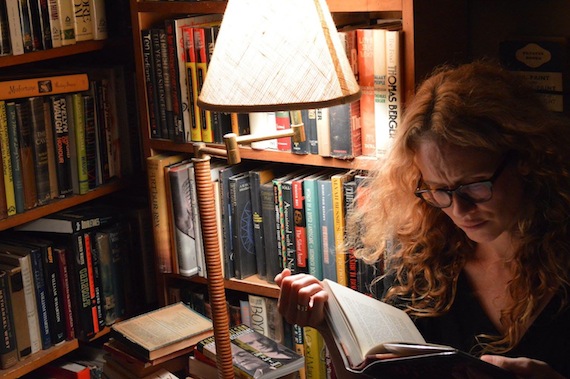
Nightcap with Gian
We need generous readers with the courage of conviction in their own taste, who believe in books and stand up for those convictions. Who know, as Gian did, that artistic integrity is tough to maintain without opposition to the reigning pieties.






